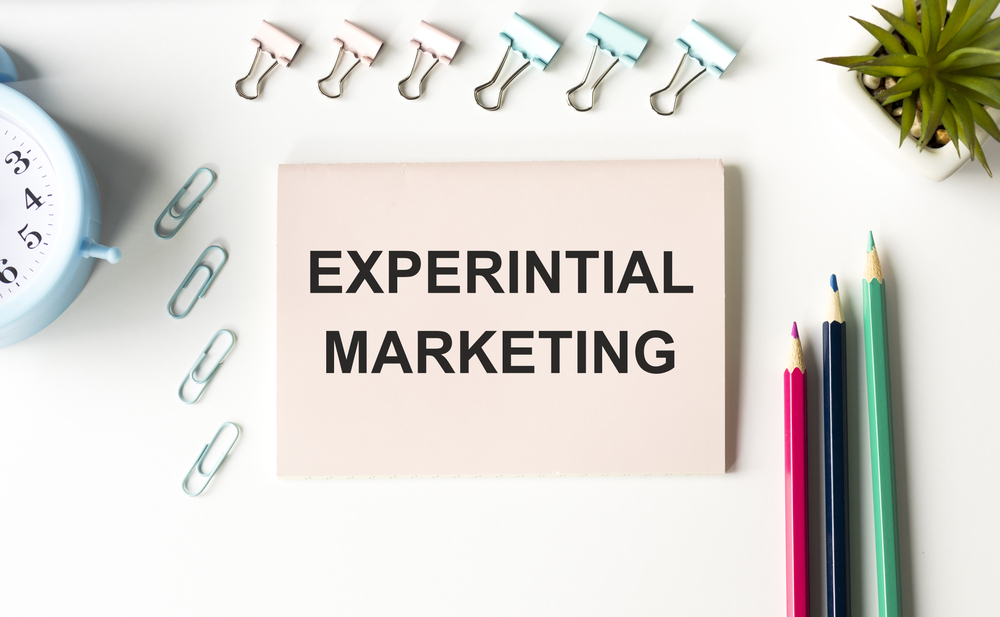
During your first year of business, it’s all about building momentum. You’ll spend long hours shaping your branding and learning the market. But as most successful business owners know, the first year doesn’t always translate into long-term sustainability. That’s why it helps to refine your processes to maintain growth. And this is where “working smarter not harder in business” comes into play.
With the right approach, you can move beyond the launch phase knowing you’re heading toward long-term success. Here’s what seasoned business owners usually stop doing after year one, and how you can adopt similar strategies for your company.
Letting Go of Doing Everything Yourself
It’s quite normal for business owners to wear multiple hats when they start a company, but as the business grows, that pace quickly becomes unsustainable. In fact a recent survey found that on average, entrepreneurs spend 36% of their work weeks doing administrative tasks like invoicing. Successful business owners know to use delegation to their advantage, and it often starts with handing over human resources (HR) and compliance work to outside experts. This is where partnering with professional employer organizations (PEOs) can save time and reduce administrative burdens.
What is a PEO? Here’s a close look at what they can bring to your company:
- Payroll processing and tax filing assistance
- Benefits administration and enrollment support
- Employee handbook creation and updates
- Workers’ compensation claims management
- Compliance audits and reporting assistance
From Reactive to Strategic Hiring
The first year often comes with lots of hiring processes. Scrambling to fill a role after someone leaves or rushing to staff up when demand spikes may feel unavoidable. By your second year, it’s time to shift to strategic hiring—a hallmark of working smarter not harder in business. Reactive hiring is one of the most costly mistakes a business can make. It often leads to higher turnover, lower productivity, and missed opportunities.

Monkey Business Images | Dreamstime.com
By year two, you’re ready to shift from reactive to strategic hiring methods. You can do this by forecasting staffing needs, building a talent pipeline, and refining your recruitment process. A PEO can support these efforts by managing recruitment logistics, handling compliance, and helping you attract top talent through competitive benefits. Your onboarding process will become more streamlined, so you can reduce training time without compromising quality. The average cost per hire is more than $400 and takes about 42 days to complete, showing just how critical a structured hiring approach is to saving both time and money. The result is a smoother onboarding, reduced time training, and a stronger more engaged workforce that grows with your business.
Here are some other strategies you can use to move from reactive to proactive hiring:
- Create a six- to 12-month staffing plan
- Develop clear job descriptions for each role
- Build a pool of qualified candidates before openings arise
- Implement a standardized interview process
- Provide structured onboarding and mentorship for new hires
This shift isn’t just about efficiency—it’s about creating a more engaged, stable team. Workers who join your company under a structured plan tend to experience less stress and stay longer, which greatly contributes to business continuity.
Moving Away From Manual Administrative Tasks
Manually entering data on timesheets, tracking expenses in multiple workbooks, and reconciling payroll by hand are time-consuming tasks. During the first year, you might have time to handle these processes yourself, but as your team grows, these responsibilities become bottlenecks.
Experienced business owners upgrade their systems with automation small business owners to work smarter not harder by streamlining repetitive work and minimize errors. Many use time-tracking software, payroll systems, and integrated HR platforms to mitigate inefficiencies. Some choose to work with PEO companies that specialize in HR outsourcing services.
Benefits of shifting to automated or outsourced systems:
- Reduced errors from manual data entry
- Faster payroll and benefits processing
- Centralized employee records for easier access
- Built-in compliance tracking and reminders
- More time for strategic business activities
Saying No When It Matters
In the first year, it’s tempting to say yes to every project or partnership that comes your way. After all, opportunity and growth are at the heart of building a successful company. But just like taking on too much can dilute your focus, overextending yourself to chase every lead will most likely hurt your long-term success.
By year two, it helps to have a clear decision-making process in place that alligns with working smarter not harder in business, focusing only on each opportunity by its potential return. The goal is to only accept projects that align with your brand and boost profitability. This may require making significant changes to resource allocation.
Here are key questions to ask before accepting a new project, partner, or opportunity:
- Does this align with our long-term business goals?
- Will it provide a clear return on investment?
- Do we have the resources to deliver successfully?
- How will this impact existing commitments and priorities?
- Does the partner share our values and standards?
- What are the risks, and are they manageable?
- Will this strengthen our brand and market position?
- Is the timeline realistic given current workloads?
Avoiding Burnout by Setting Boundaries
The first year of running a business can feel fast and intense, but lasting success comes from pacing yourself for the long haul. When you push too hard and try to do everything yourself, you’re much more likely to face burnout—along with the risk of costly mistakes.
After year one, it’s time to switch things up by setting boundaries and working smarter. This includes blocking time on your schedule for strategic work while also delegating routine tasks and taking regular breaks. In doing this, you give yourself more time to focus on high-value priorities, which reduces the risk of burnout (and mistakes). Partnering with a PEO is an excellent way to hand over time-consuming HR and compliance work so you have more freedom to concentrate on growing your business.
Strategies for setting healthy business boundaries:
- Define specific work hours and stick to them
- Schedule regular breaks throughout the day
- Use vacation time and fully disconnect from work
- Limit after-hours email and call responses
- Delegate tasks that others can manage effectively
Final Thoughts: Building a Smarter Path Forward
Doing more doesn’t always equal business growth. Skilled small business owners know it’s about doing the right things at the right moment. Whether it’s delegating administrative work, refining your hiring process, or learning to say no, each of these shifts frees up your most valuable resources—your time, focus, and energy.
If you’re past the first-year mark of running your business, it’s worth identifying where you can step back or streamline. Small changes that you make now can make a huge difference in your future success.
Find a Home-Based Business to Start-Up >>> Hundreds of Business Listings.















































